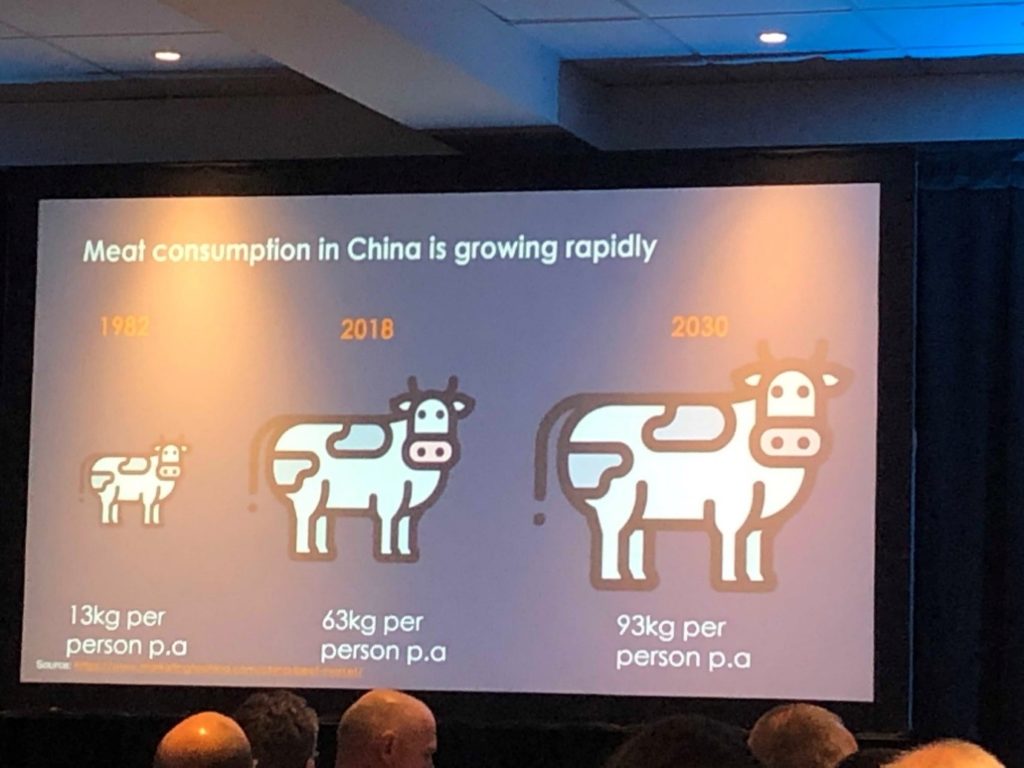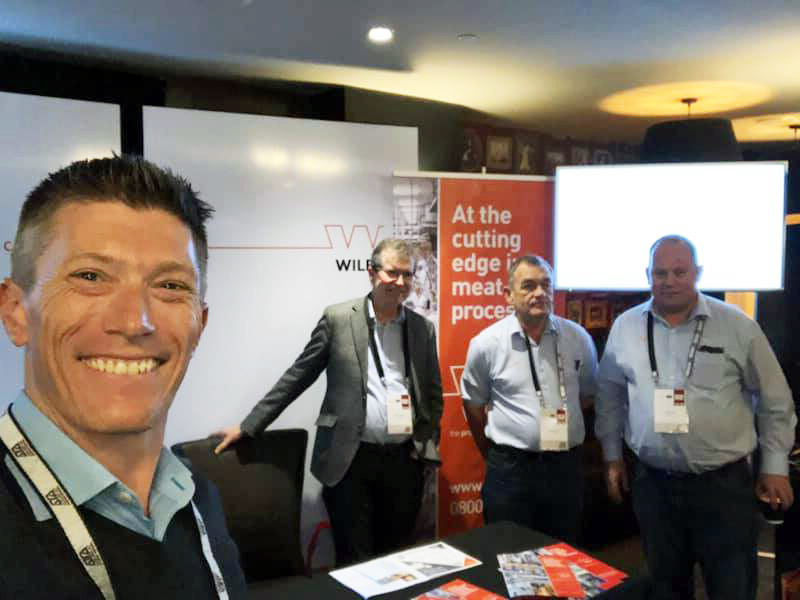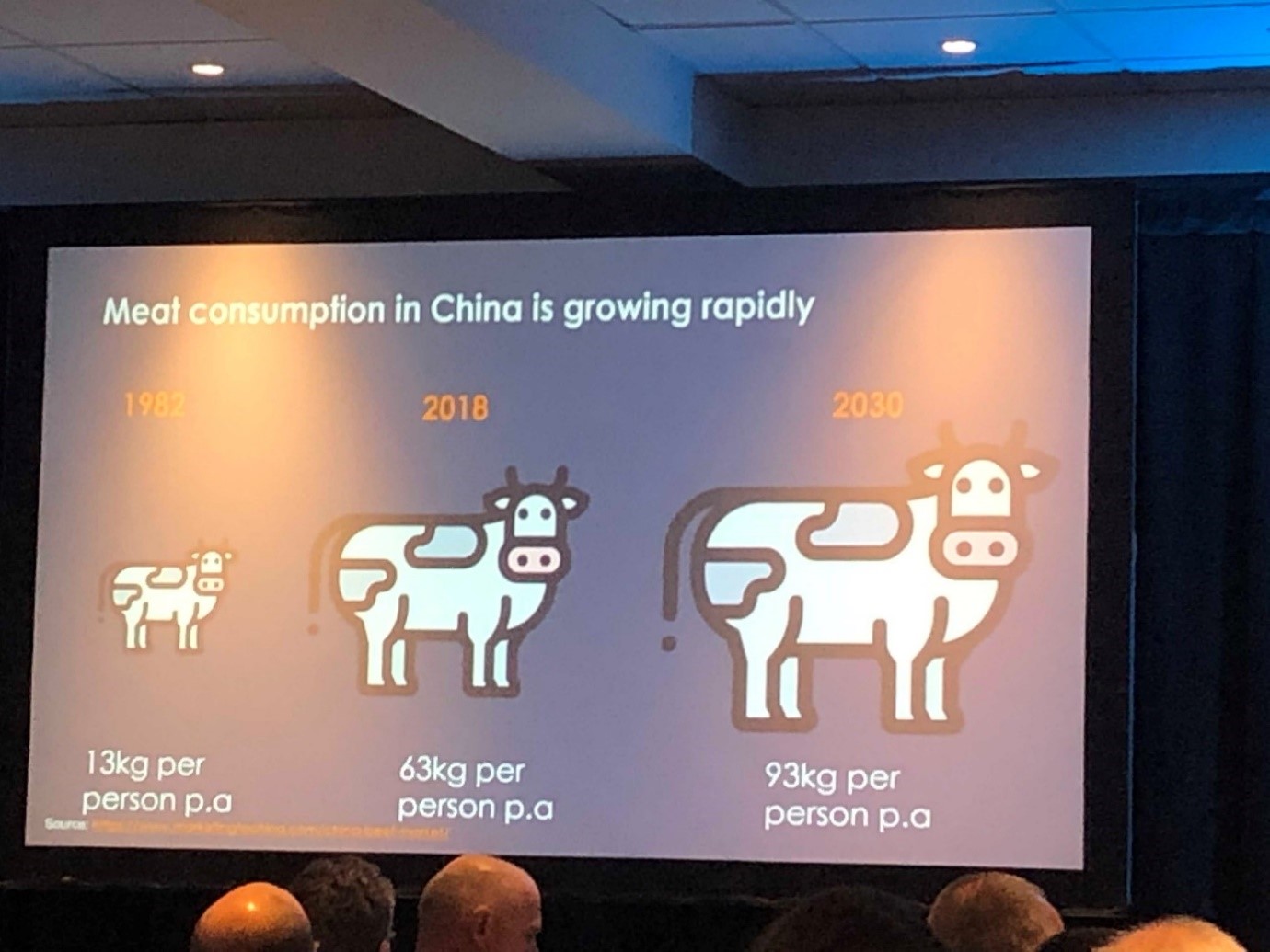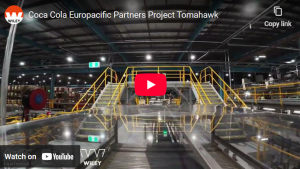Converting strategic intelligence into effective tactical decision making has been perfected to an art-form in the New Zealand red meat sector. With the success of international strategies resting entirely on the ability to predict future geopolitical situations, Wiley turns attention outwards to take stock of geopolitical trends the world over and theorize on how the sector can maintain a competitive edge.
The New Zealand Red Meat Sector Conference is an opportunity to collect insights that apply globally in a single gathering. With a uniquely top-down perspective, this event provided the know-how to navigate the red meat geopolitical landscape for the next 18 months. Topics like Brexit, Trump & China USA trade wars, alternative meat products and other seismic shifts in the red meat industry were all key discussions.
A few of the Wiley NZ team including; Peter Thomson, Peter Finnie, John Perrins and Brandon Miller attended the event to keep on top of industry knowledge and trends and spend time with industry contacts. Here we share some of their leanings and insights from the event.
Climate Change
Knowing the impact made by the red meat industry on climate change, it can be easy to scapegoat this key industry. John Loughlin – Chairman of the Meat Industry Association presented an alternative perspective. It took into account the nuanced interdependencies of both NZ economy and people in the red meat industry. John acknowledged that climate change is the defining challenge of our time and the need to reconcile the needs of our planet and the industry. While the needs of the planet cannot be ignored for the sake of future generations, the needs of the industry equally must be considered for putting food on the table in the near term.
Alternative Meats
Professor Fredric Leroy from Vrije University in Brussels presented on the future of meat from the perspective of alternative meat products. Prof. Leroy saw that alternative meats are “on a mission to make meat redundant and gaining traction”. The professor pondered whether the “ultra-processed” foods are actually the future of food. While one can point to a wide range of products already on the market which are ultra-processed the professor points to the “ick factor” of lab grown meat as a serious stumbling block for industry growth.
To understand the question of ultra-processed vs natural meat products we look to parallels in caged vs free-range eggs. Consumers neglect a potential value proposition until journalists bring it into the public eye. In this way, journalists draw the attention of consumers towards product aspects not previously considered by the consumer. Working in favour of the red meat industry, this means emphasising the ultra-processed nature of alternatives, but it can be used both ways. Regardless of the stories which will surround the products, alternative meats are coming from a very small base, and so while the products are “gaining traction” the impact of the segment remains minor. Only time will tell how stories surrounding alternative meats play out in the public mindset.
Geopolitical Landscape
Further discussion covered the impacts of Brexit on NZ/UK free trade agreements. With the regulatory landscape unclear, there are opportunities abounding. The question is thus how innovative business managers will get their products into the UK market. Much will be revealed in the 31st October decision. In the event of a no deal, Welsh lamb faces an immediate 48-55% tariff and it is likely that beef imports will face a 20% tariff. This is certainly a tumultuous time for the UK and speculation abounds. Those who can prepare their scenario planning to take advantage of any Brexit outcome will be the best placed to win out of what has been one of the most damaging political debacles in the eurozone’s history.
 The Asian Century
The Asian Century
The Asian century is yet another topic gaining speed in the New Zealand red meat discussion. With 600% growth of meat imports into China over the last four years and 55% of the world’s online sales coming from Chinese consumers, the Asian market is all but guaranteed to make a significant impact on the NZ red meat sector.
It was suggested that branding and understanding of the unique “Asian aspect” is the key to success in this booming market. Further, some NZ companies are finding success using a wholly owned foreign enterprise (WOFE) – a very different approach to the traditional importing model and one which helps even more in taking advantage of the specifics of the target markets.
What’s next?
The next ten years are bound to be interesting for the NZ red meat industry. The local and international landscapes combined with shifting consumer expectations and production possibilities are making for unprecedented changes to the way NZ meat competes, exports and ensures long term viability. The perspectives offered at the NZ red meat industry conference shed light on the most impactful mega-trends shaping the world.
For the NZ red meat industry to continue to succeed, this knowledge will have to form the basis of strategies and plans.
Thanks to everyone that dropped by the Wiley stand or that we had the chance to chat to, it was a fantastic event and opportunity to catch up with the NZ meat industry.
The Wiley NZ team are well prepared to assist the red meat industry with their strategic planning, as well as design and delivery of projects to take them into the future.





